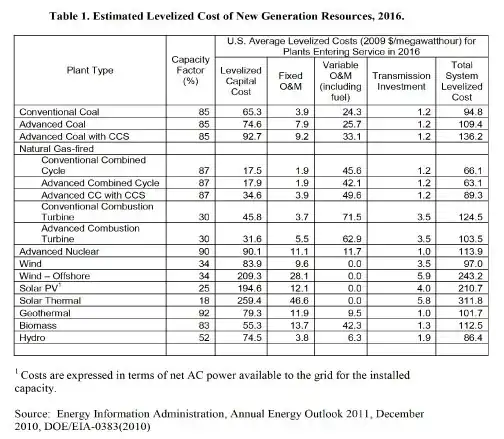One of the arguments I've seen levied against nuclear power is that it's not economically viable.
In the 1970s nuclear power cost half as much as electricity from coal burning: by 1990 nuclear power cost twice as much as electricity from coal burning (Slingerland et al, 2004 [possible ref]. Today the costs of nuclear power are estimated to be, on average, between 2 and 4 times more expensive than electricity generated by burning fossil fuels, about $0.05-0.07/kWh. [emph. in original]
Compared with some modern renewable energy sources, nuclear power has mixed fortunes: for example it is more expensive than wind, about the same price as hydroelectric power and cogeneration with gasified wood, and cheaper than solar energy using photovoltaic (PV) cells (Öko Institute, 1997 [possible ref]).
Therefore, it isn't a reasonable replacement for coal over wind, co-gen, etc.
For example, US nuclear power generation is federally subsidized, but how does that stack up against the extra burden imposed by complying with additional regulation?
